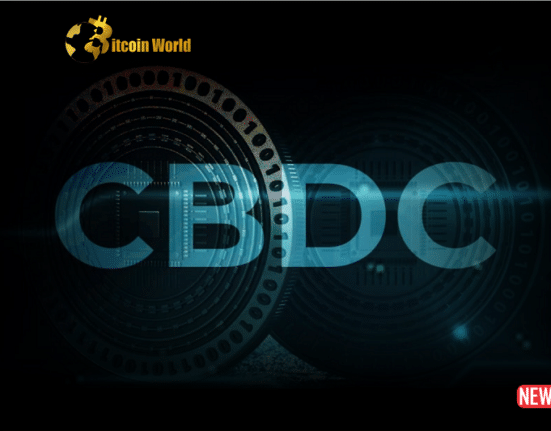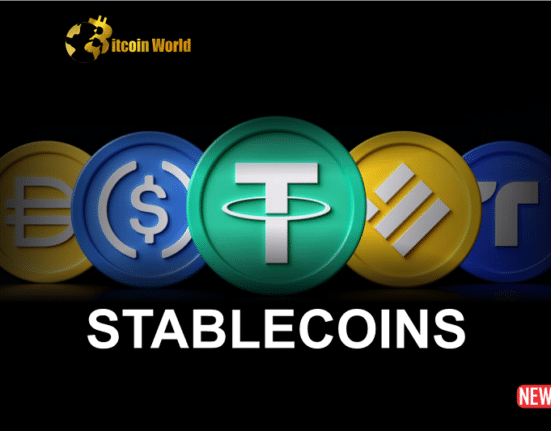In the wake of the COVID-19 pandemic and its far-reaching economic repercussions, the global economy has faced unprecedented challenges, marked by soaring inflation rates and pervasive uncertainty. The crypto and blockchain space has yet to be immune to these issues, witnessing the dramatic collapse of major platforms like FTX, Three Arrows Capital, Celsius, and several others. However, a comprehensive crypto adoption report now sheds light on a compelling trend: consumers worldwide increasingly turn to decentralized digital currencies for financial transactions, with lower-middle-income countries leading the way.
To set the stage, it’s essential to understand the World Bank’s classification of income groups. High-income countries encompass economic giants like the United States, the United Kingdom, and Saudi Arabia. Upper middle-income nations include Argentina, China, and Russia, among several others. Lower middle-income countries comprise India, Nigeria, Ukraine, and more, while low-income nations count Ethiopia, Sudan, Yemen, and others among their ranks.
Despite the significant recovery witnessed since the collapse of major crypto platforms in late 2022, when FTX faced substantial challenges, grassroots crypto adoption has yet to reach its all-time highs, per an in-depth report from blockchain analysis firm Chainalysis. However, one notable exception stands out: lower middle-income (LMI) countries have experienced a notably robust recovery in grassroots cryptocurrency adoption, according to the report.
Chainalysis suggests that this trend in LMI nations holds promise for the future of cryptocurrencies. LMI countries typically represent economies on the ascent, characterized by rapidly evolving industries and expanding populations. Many of these nations have undergone significant economic development in recent decades, elevating themselves from the low-income bracket, as noted in the Chainalysis report.
The most striking revelation in the report is that LMI countries are home to a staggering 40% of the global population, surpassing any other income category by a significant margin. This demographic fact, combined with the steady rise of crypto adoption in LMI nations, hints at a potentially transformative role for cryptocurrencies in shaping the future.
Moreover, institutional adoption, predominantly led by organizations in high-income nations, continues to gain traction despite the extended crypto bear market. This dual dynamic—LMI countries driving grassroots adoption and high-income nations propelling institutional adoption—paints an encouraging picture of the crypto industry’s prospects.
Chainalysis envisions a future where bottom-up and top-down crypto adoption coexist, driven by market conditions and socioeconomic factors. The balance between these adoption pathways may shift as the crypto landscape evolves. Still, the resilience and adaptability of the crypto industry seem poised to play an increasingly significant role in the global economic landscape.














